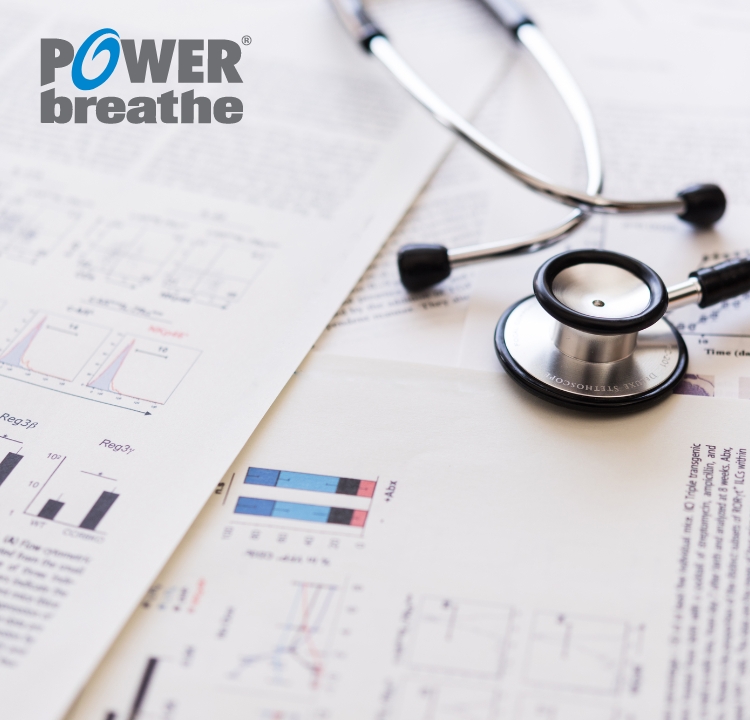脊髄性および眼球性筋萎縮症における筋線維型スイッチングに関連したピーク呼気流の減少
Yamada S, Hashizume A, Hijikata Y, Inagaki T, Suzuki K Kondo N, Kawai K, Noda S, Nakanishi H, Banno H, Hirakawa A, Koike H, Halievski K, Jordan CL, Katsuno M and Sobue G.
The aim of this study was to characterize the respiratory function profile of subjects with spinal and bulbar muscular atrophy (SBMA), and to explore the underlying pathological mechanism by comparing the clinical and biochemical indices of this disease with those of amyotrophic lateral sclerosis (ALS). We enrolled male subjects with SBMA (n = 40) and ALS (n = 25) along with 15 healthy control subjects, and assessed their respiratory function, motor function, and muscle strength. Predicted values of peak expiratory flow (%PEF) and forced vital capacity were decreased in subjects with SBMA compared with controls. In SBMA, both values were strongly correlated with the trunk subscores of the motor function tests and showed deterioration relative to disease duration. Compared with activities of daily living (ADL)-matched ALS subjects, %PEF, tongue pressure, and grip power were substantially decreased in subjects with SBMA. Both immunofluorescence and RT-PCR demonstrated a selective decrease in the expression levels of the genes encoding the myosin heavy chains specific to fast-twitch fibers in SBMA subjects. The mRNA levels of peroxisome proliferator-activated receptor gamma coactivator 1-alpha and peroxisome proliferator-activated receptor delta were up-regulated in SBMA compared with ALS and controls. In conclusion, %PEF is a disease-specific respiratory marker for the severity and progression of SBMA. Explosive muscle strength, including %PEF, was selectively affected in subjects with SBMA and was associated with activation of the mitochondrial biogenesis-related molecular pathway in skeletal muscles.
PMID: 28005993 PMCID: PMC5179045 DOI: 10.1371/journal.pone.0168846
論文へ
最大動的吸気圧の評価
Silva PE, de Carvalho KL, Frazão M, Maldaner V, Daniel CR and Gomes-Neto M
BACKGROUND:
Inspiratory muscle strength has been considered an important marker of ventilatory capacity and a predictor of global performance. A new tool has become available for dynamically evaluating the maximum inspiratory pressure (the S-Index). However, the proper assessment of this parameter needs to be determined. Thus, the aim of the present study was to investigate the number of inspiratory maneuvers necessary to reach a maximum and reliable S-Index and the influence of inspiratory muscle warm-up on this assessment.
METHOD:
We performed a retrospective study from the database of 432 healthy subjects who underwent S-Index tests and inspiratory muscle warm-up or sham. The effect of repeated maneuvers on the S-Index and the impact of inspiratory muscle warm-up were analyzed by using the intraclass correlation coefficient and unpaired t test.
RESULTS:
We analyzed 81 subjects, (55% men), mean ± SD age 38.1 ± 9.6 y, 43 subjects in the inspiratory muscle warm-up group. Maximum and reliable S-Indexes were reached at the eighth maneuver in both groups preceding inspiratory muscle warm-up or sham, 102 cm H2O (95% CI 95-109 cm H2O); intraclass correlation coefficient 0.96; P < .001. Only the inspiratory muscle warm-up group presented a significant increase in the S-Index after warm-up, 13.5 cm H2O (95% CI 10-17), P < .001.
CONCLUSIONS:
Eight maneuvers were necessary to reach maximum and reliable values of the S-Index preceding inspiratory muscle warm-up or sham. Moreover, inspiratory muscle warm-up preceding S-Index assessment improved inspiratory muscle performance.
KEYWORDS:
learning effect; maximal respiratory pressures; maximum inspiratory pressure; respiratory muscle training; respiratory warm-up; s-index
PMID: 30018174 DOI: 10.4187/respcare.06058
論文へ

